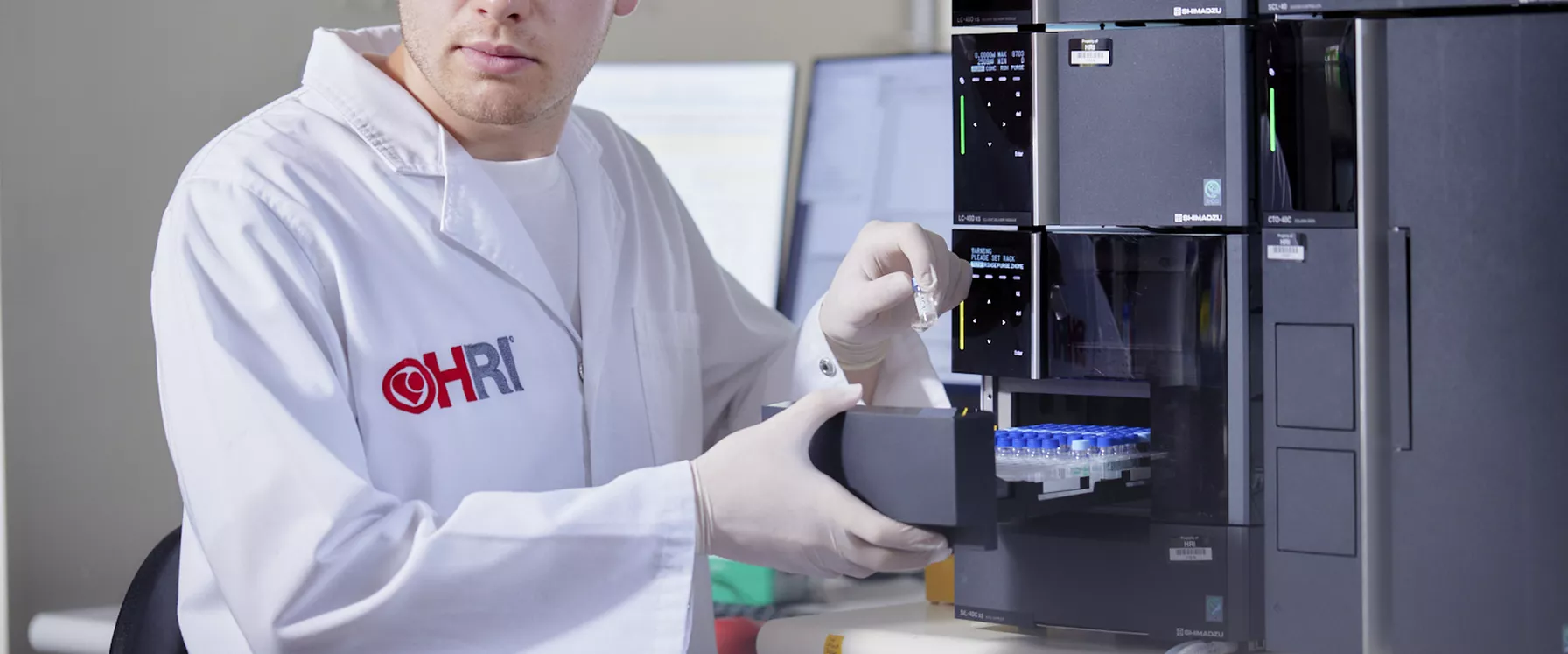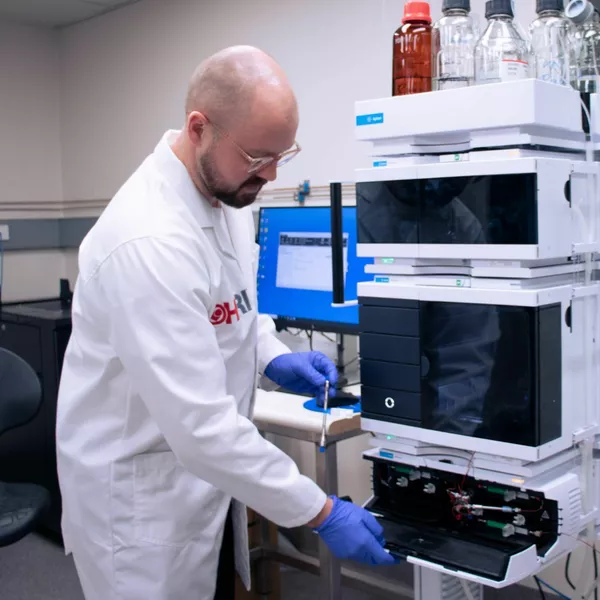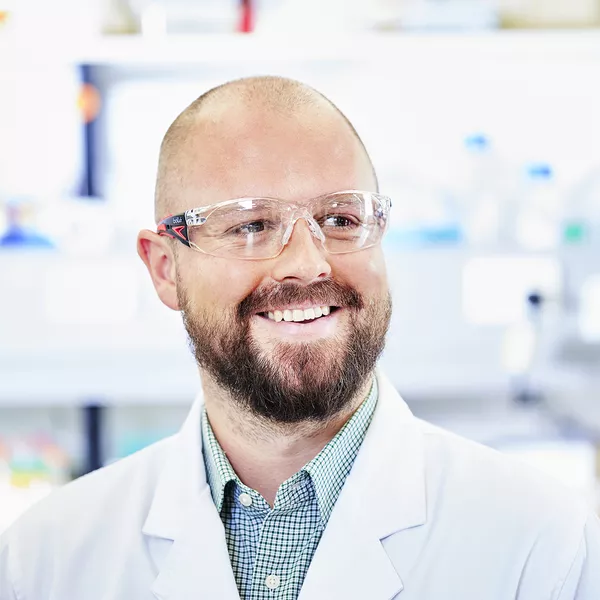
Current Research Projects
Dr Ashish Misra: “Effect of colchicine on central carbon metabolism”
Dr Christopher Stanley: “Discovery of new vasoactive tryptophan catabolites”
Assoc Prof Mary Kavurma: “Biomarker discovery for detection of PAD”
Prof Annemarie Hennessy and Dr Chia-chi (Jat) Liu: “Discovery of urine biomarkers in preeclampsia”
Prof David James (USyd): “Enhancing ketone metabolism to improve muscle health (role of BDH1 protein)”
Prof René Botnar and Dr Alkystis Phinikaridou (King’s College London, UK): “Novel molecular PET probe to identify high-risk AMI patients”
Prof Stella Valenzuela (UTS): “Novel metabolic functions of CLIC proteins”
Prof Stuart Cordwell (USyd) and Prof Joseph Loscalzo (Harvard Medical School): “Understanding cardioprotective properties of L-2-hydroxyglutarate”
Prof Ting-Li Han (Chongqing Medical University, (China): “Deciphering metabolic changes in ovarian cancer”
Assoc Prof James Chong (Westmead): “Platelet derived growth factor-AB modulates post infarct myocardium leading to long term improvement in cardiac function”
Assoc Prof Carmine Gentile: “Metabolomic and lipidomic profiling of heart tissues in a mouse model of myocardial infarction”
Professor Julie McMullen: “Omic characterisation of different mouse models for identification of targetable cardioprotective pathways”





